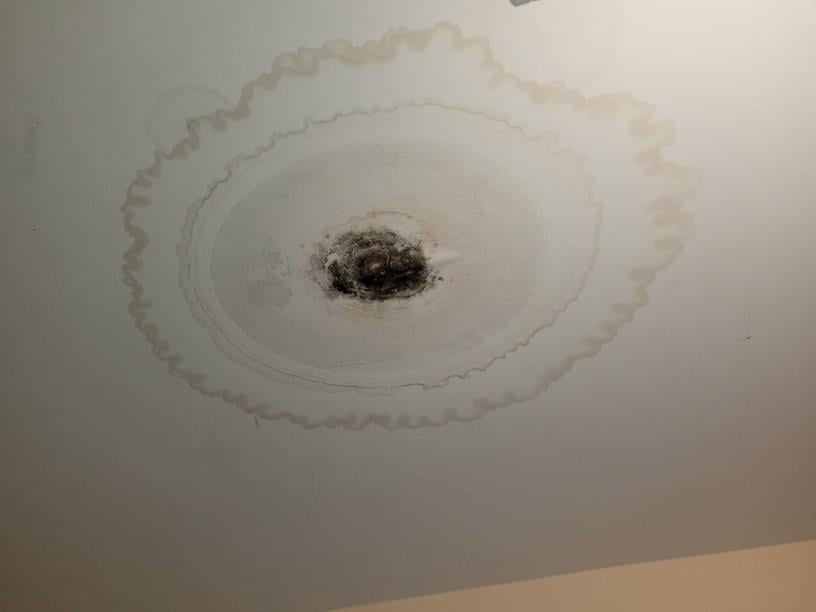Exactly how to Inspect If Your Home Has a Covert Leak
Exactly how to Inspect If Your Home Has a Covert Leak
Blog Article
Just how do you feel on the subject of Leaking water lines?

Early discovery of dripping water lines can alleviate a possible calamity. Some small water leaks may not be visible.
1. Analyze the Water Meter
Every house has a water meter. Checking it is a surefire manner in which aids you uncover leakages. For starters, turn off all the water sources. Guarantee no one will certainly purge, utilize the faucet, shower, run the washing equipment or dish washer. From there, most likely to the meter as well as watch if it will change. Given that no person is using it, there should be no movements. That shows a fast-moving leak if it moves. Furthermore, if you identify no changes, wait a hr or two and check back once more. This means you might have a slow-moving leak that can even be below ground.
2. Check Water Usage
Evaluate your water expenses as well as track your water consumption. As the one paying it, you ought to discover if there are any disparities. If you detect sudden changes, despite your intake being the same, it means that you have leakages in your plumbing system. Bear in mind, your water expense must fall under the same variety each month. An unexpected spike in your bill shows a fast-moving leak.
On the other hand, a constant increase monthly, despite having the same practices, reveals you have a slow-moving leakage that's also slowly intensifying. Call a plumber to extensively examine your home, especially if you feel a warm area on your floor with piping beneath.
3. Do a Food Coloring Examination
When it comes to water consumption, 30% comes from toilets. Examination to see if they are running effectively. Decline flecks of food color in the tank and wait 10 minutes. If the shade in some way infiltrates your dish throughout that time without flushing, there's a leakage between the storage tank as well as dish.
4. Asses Outside Lines
Do not fail to remember to inspect your outdoor water lines also. Examination spigots by attaching a yard pipe. Must water leak out of the connection, you have a loosened rubber gasket. Change this and ensure all links are tight. If you've obtained an automatic sprinkler, it will certainly help get it professionally checked out as well as maintained annually. One small leak can throw away tons of water and increase your water expense.
5. Examine the scenario and check
Property owners need to make it a practice to examine under the sink counters and also inside closets for any type of bad odor or mold and mildew growth. These two warnings show a leak so timely focus is required. Doing routine examinations, even bi-annually, can conserve you from a significant problem.
A lot more notably, if you know your home is already old, keep a watchful eye on your heating systems, pipes, pipelines and so on. Check for discolorations as well as weakening as many devices and pipes have a life expectancy. They will also naturally weaken because of tear and wear. If you think leaking water lines in your plumbing system, don't wait on it to intensify. Call an expert plumber as soon as possible so you do not wind up with a dreadful mess in your house.
Early discovery of leaking water lines can reduce a prospective disaster. Some little water leakages may not be visible. Examining it is a surefire means that aids you find leaks. One tiny leakage can lose lots of water and increase your water expense.
If you think leaking water lines in your plumbing system, do not wait for it to escalate.
WARNING SIGNS OF WATER LEAKAGE BEHIND THE WALL
PERSISTENT MUSTY ODORS
As water slowly drips from a leaky pipe inside the wall, flooring and sheetrock stay damp and develop an odor similar to wet cardboard. It generates a musty smell that can help you find hidden leaks.
MOLD IN UNUSUAL AREAS
Mold usually grows in wet areas like kitchens, baths and laundry rooms. If you spot the stuff on walls or baseboards in other rooms of the house, it’s a good indicator of undetected water leaks.
STAINS THAT GROW
When mold thrives around a leaky pipe, it sometimes takes hold on the inside surface of the affected wall. A growing stain on otherwise clean sheetrock is often your sign of a hidden plumbing problem.
PEELING OR BUBBLING WALLPAPER / PAINT
This clue is easy to miss in rooms that don’t get much use. When you see wallpaper separating along seams or paint bubbling or flaking off the wall, blame sheetrock that stays wet because of an undetected leak.
BUCKLED CEILINGS AND STAINED FLOORS
If ceilings or floors in bathrooms, kitchens or laundry areas develop structural problems, don’t rule out constant damp inside the walls. Wet sheetrock can affect adjacent framing, flooring and ceilings.
https://www.servicemasterbyzaba.com/blog/how-to-detect-water-leakage-in-walls/

I'm certainly very drawn to Hacks to detect leaks and I'm hoping you appreciated our piece. Do you know somebody else who is involved in the niche? Take a moment to share it. Thank you for your time. Visit again soon.
Report this page